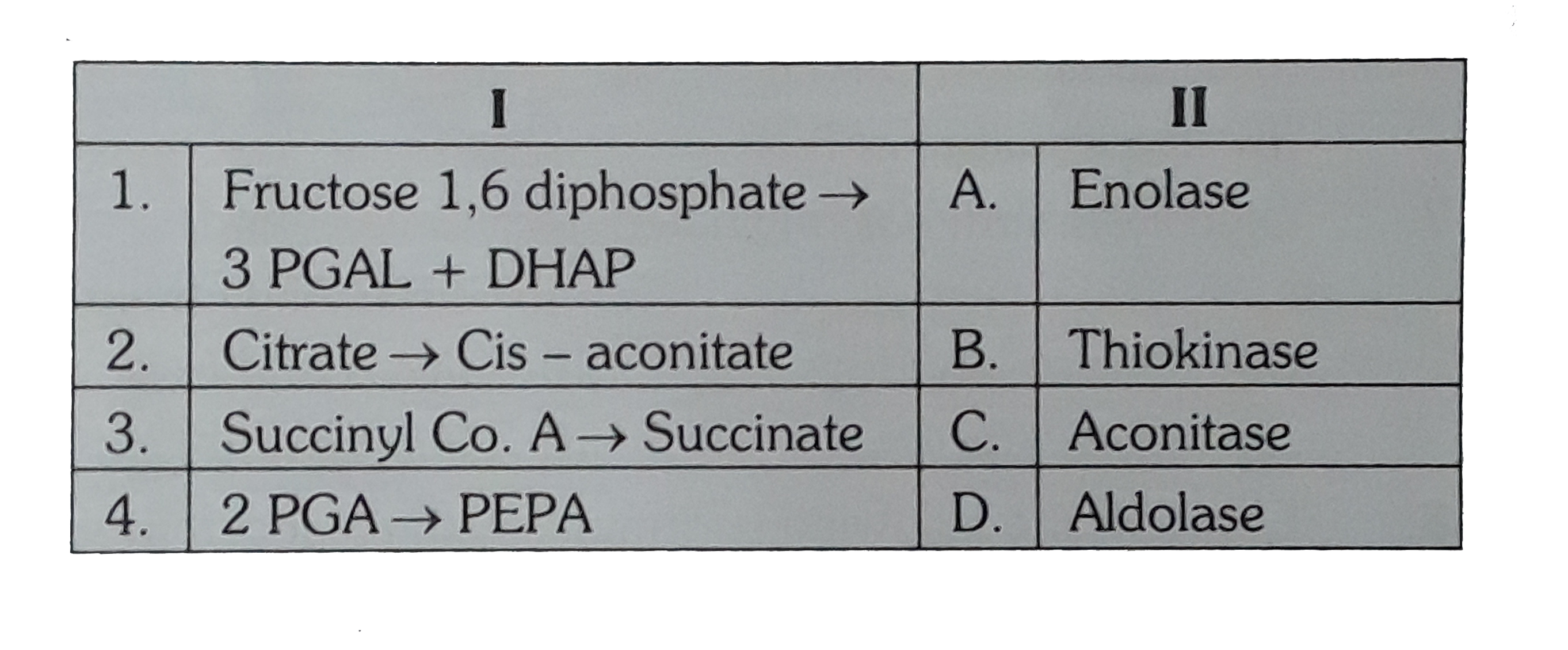Mechanism of blood clotting is given below :
An injury or a trauma stimulates the platelets in the blood to release certain factors which activate the mechanism of coagulation . An enzyme complex,
…………P……… is formed by a series of linked enzyme reactions
(...........Q.........Process) involving a number of factors present in the plasma in an inactive state. This enzyme complex is required for formation of ...............R............
..........S........... ions play a very important role in clotting .
Identify the correct option that represents P, Q, R , and S .
PQRSthrombokinaseinhibitoryprothrombinmagnesium
PQRSprothrombincascadethrombinmagnesium
PQRSthrombincascadethrombokinasecalcium
PQRSthrombincascadethrombincalcium
The correct Answer is:D
To solve the question regarding the mechanism of blood clotting, we need to identify the correct terms that fit into the blanks P, Q, R, and S based on the provided information about the coagulation process.
1. Understanding the Mechanism of Blood Clotting:
- When an injury occurs, platelets in the blood release factors that activate coagulation.
- This process involves a series of linked enzyme reactions.
2. Identifying P:
- The enzyme complex formed during the coagulation process is known as thrombin.
- Therefore, P = thrombin.
3. Identifying Q:
- The process of forming thrombin through a series of linked enzyme reactions is referred to as the cascade process.
- Hence, Q = cascade.
4. Identifying R:
- The enzyme thrombin is crucial for the conversion of fibrinogen into fibrin, which is essential for blood clot formation.
- Thus, R = fibrin.
5. Identifying S:
- Calcium ions play a vital role in the clotting process, facilitating various steps in the coagulation cascade.
- Therefore, S = calcium.
Final Answer:
- P = thrombin
- Q = cascade
- R = fibrin
- S = calcium
- When an injury occurs, platelets in the blood release factors that activate coagulation.
- This process involves a series of linked enzyme reactions.
- The enzyme complex formed during the coagulation process is known as thrombin.
- Therefore, P = thrombin.
- The process of forming thrombin through a series of linked enzyme reactions is referred to as the cascade process.
- Hence, Q = cascade.
- The enzyme thrombin is crucial for the conversion of fibrinogen into fibrin, which is essential for blood clot formation.
- Thus, R = fibrin.
- Calcium ions play a vital role in the clotting process, facilitating various steps in the coagulation cascade.
- Therefore, S = calcium.
- P = thrombin
- Q = cascade
- R = fibrin
- S = calcium
Topper's Solved these Questions
Similar Questions
Knowledge Check
An enzme complex with if formed by a series of linked enzymic reactions (cascade process) is called
AThrombinBProthrombinCThrombokinaseDFibrinogenPlatelets release during blood clotting is
AThrombinBProthrombinCThrombokinaseDFibrinogenIn the clotting mechanism pathway, thromin activates the factors
AXI,VIII,VBXI,IX,XCVIII,X,VDIX,VIII,X
Discuss the factors which affect enzyme activity.
View SolutionDescribe the process of blood clotting.
View SolutionGiven below are some reactions and the enzymes involved. Identify the correct pairs.

View SolutionWhich of the following statement is correct about the mechanism of an enzyme-catallysed reaction?
View SolutionAssertion : Chilling of blood decreases coagulation time.
Cold depresses the actionof coagulation promoting enzymes.
View Solution
